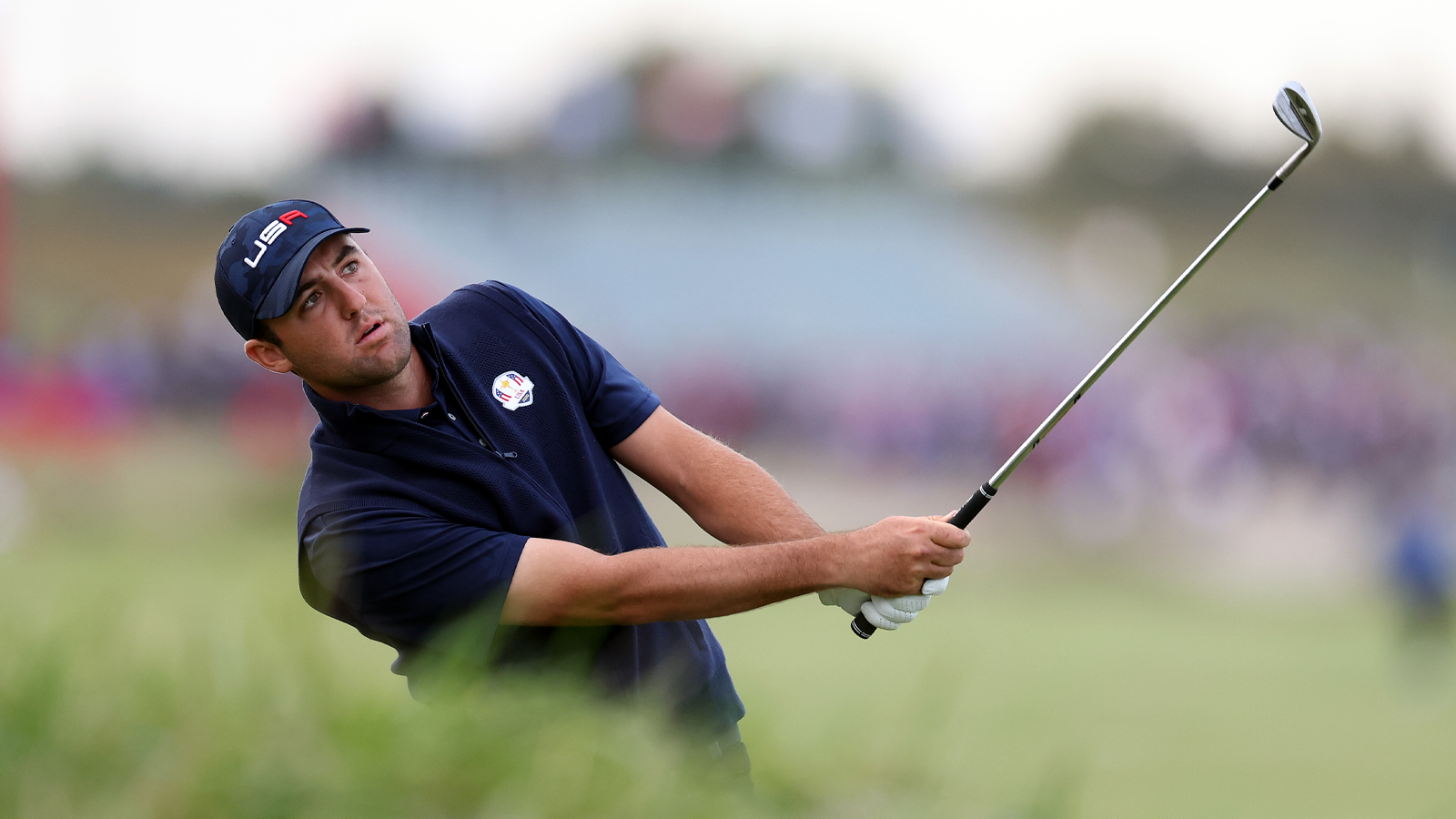quick coaching
Correct Chipping Requires Two Simple Keys
By Keith Stewart, PGA
Published on

Scottie Scheffler was going low on Friday at the Hewlett Packard Enterprise Houston Open. With nine birdies and one bogey he fired a scintillating 62. When you look inside his round, you see quite quickly, that he did miss six greens in regulation. To keep his hot hand going there were some key up and downs he had to perform. One of those happened on the 11 th hole where he chipped in for birdie on the difficult Par 3.
As we watch this fantastic shot, there’s a couple aspects we should pay very close attention to. When it comes to any short game play one must avoid leaving their weight on their trail foot. The second sin is to stop turning in the swing. You don’t have to be a PGA tour superstar like Scheffler to chip like he does. Watch the video again. Notice his movements. Watch it a couple times if you need to and then head to the short game practice area.
- Great short game players use their lead leg as a post.
In Scottie’s case as a right-handed golfer this is his left leg. Notice how he puts his weight on there and rotates around the leg. This solves both issues we mentioned earlier. These are short shots. You don’t need a weight shift to build power. Accuracy is most important. Place 90% of your weight on that lead leg and leave it there. Having that stable post in place also gives us a pivot point for our turn through.
- Every crisp golf shot, requires a proper follow through.
As you practice your short shots, please grade yourself with two questions. Did I keep my weight on my lead foot, and did I face the target when I was through? If you can check both of those boxes, you’ll be better off. Scheffler’s follow through here isn’t unique. Finishing with your shaft, belt buckle and trail knee pointing toward the target proves we completed our follow-through. That last characteristic is probably the most important one.
Your trail knee, in Scottie’s case the right knee, should be pointing toward the target when you’re finished. This is so important for chips and pitches because it proves you have your weight forward and you turned or pivoted through! Too many times we don’t turn completely to the finish, and the contact suffers as a result. Try this drill.
- Start practicing some simple chip shots from a tight lie. Make sure you are using a club with some loft. Once you have hit a couple and get used to the shot, take your trail foot and raise it up. Place the toes of that foot on the ground. With your lead foot firmly planted and the trail foot on the toes, resume hitting chip shots.
Where was your contact? If you struggle with turning through or keeping that weight on the lead foot this drill is for you. Keep practicing, alternate back and forth between the trail foot being flat on the ground and on the toes. Pretty soon your stroke will resemble Scheffler’s and your short game will improve.